Tiny Organisms, Transformative Outcomes
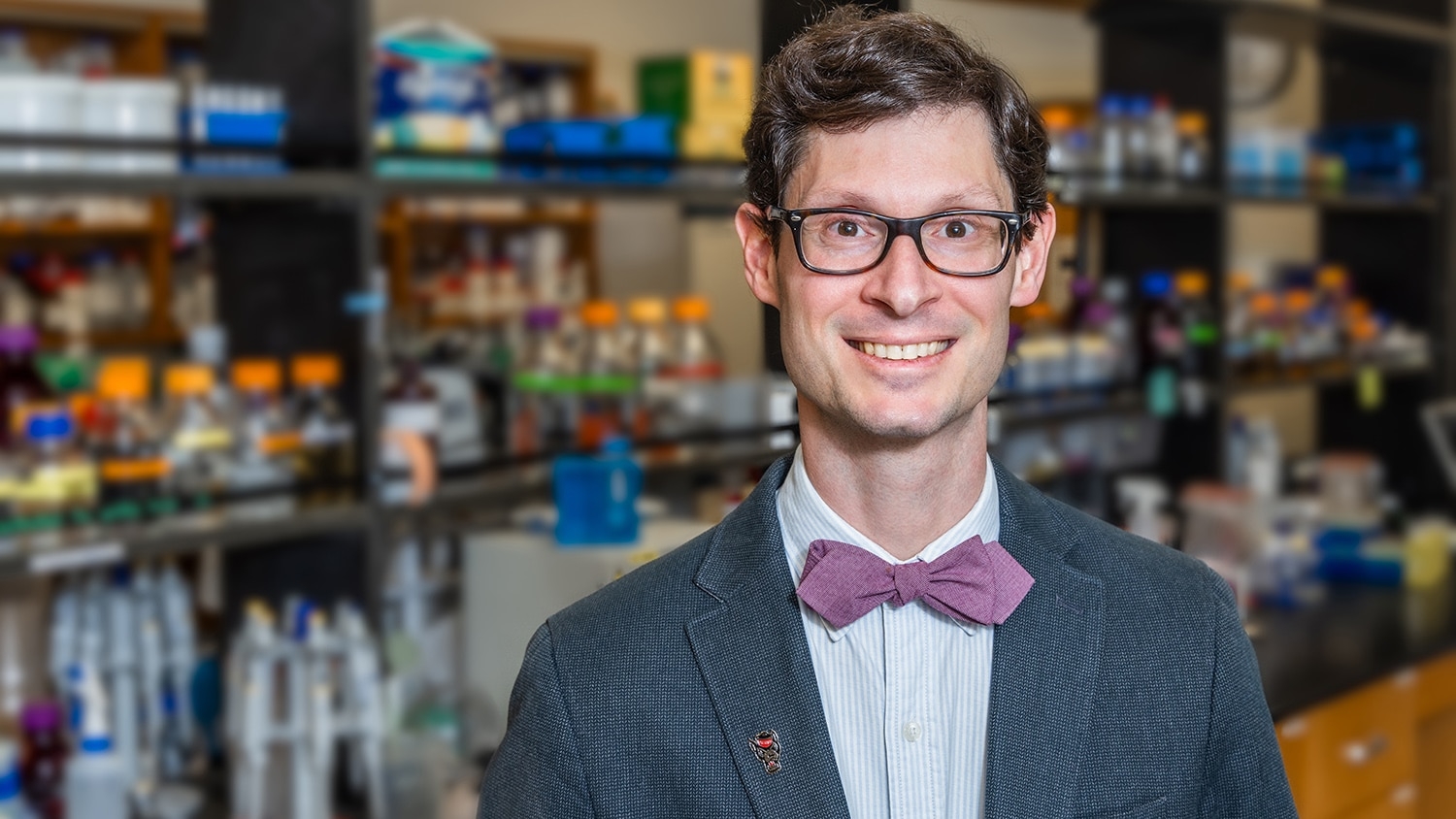
Some of the planet’s simplest life forms might help solve some of its most complex problems.
Nathan Crook gets that. It’s partly why he’s spent much of his budding career working with single-celled organisms such as yeast and bacteria — which can present different advantages for genetic engineers like himself.
Crook, an assistant professor of chemical and biomolecular engineering at NC State University, is currently researching whether two species of bacteria could be paired together to break down microplastics in the ocean. He’s also leading two other research projects — one funded by the National Science Foundation and one funded by the National Institutes of Health — on two commonly used strains of yeast, which Crook says “can be engineered in ways that bacteria can’t.”
“Yeast is also more similar to our own cells than bacteria are,” Crook says.
Crook joined NC State in 2018 as part of the Chancellor’s Faculty Excellence Program. Shortly before he was hired, Crook came across one strain of yeast in particular. That yeast strain — Saccharomyces boulardii — has largely become the focus of his research, and one day, it might help healthcare workers treat antibiotic-resistant infections or empower cattle farmers to cut methane emissions from their livestock.
He was trained in yeast metabolic engineering as a Ph.D. student, and his postdoctoral work focused on a probiotic E. coli strain; when he finished his postdoc, Crook says he wanted to find a way to combine his understanding of both probiotics and yeast. So he did what many curious minds do to find most information these days.
“I just searched online, ‘Is there a yeast probiotic?’,” Crook says.
Saccharomyces boullardi, as he found out, is a probiotic strain of yeast used to treat various gastrointestinal illnesses.
Named by the French microbiologist who successfully isolated it, S. boulardii originated in IndoChina — where Henri Boulard stumbled upon it as the secret ingredient in a lychee-and-mangosteen-skin-infused tea that the indigenous people drank to prevent cholera. Boulard’s work helped bring it to the Western World over 100 years ago, and the yeast probiotic has been sold in over-the-counter supplements for decades in the U.S.
There’s only one issue.
“This is a yeast that doesn’t colonize the gut very well,” Crook explains. “It has the initial effect, but it doesn’t stick around. And I’ve always wondered why.”
A CAREER Year
In January 2023, Crook won a CAREER award — described by the National Science Foundation as one of its most prestigious awards in support of early-career faculty — to study why S. boulardii doesn’t stick around as long as other species of yeast.
“There are yeasts that do colonize the gut; they tend to be candida species,” Crook says. But because they can cause infections, candida species don’t make good probiotic candidates.
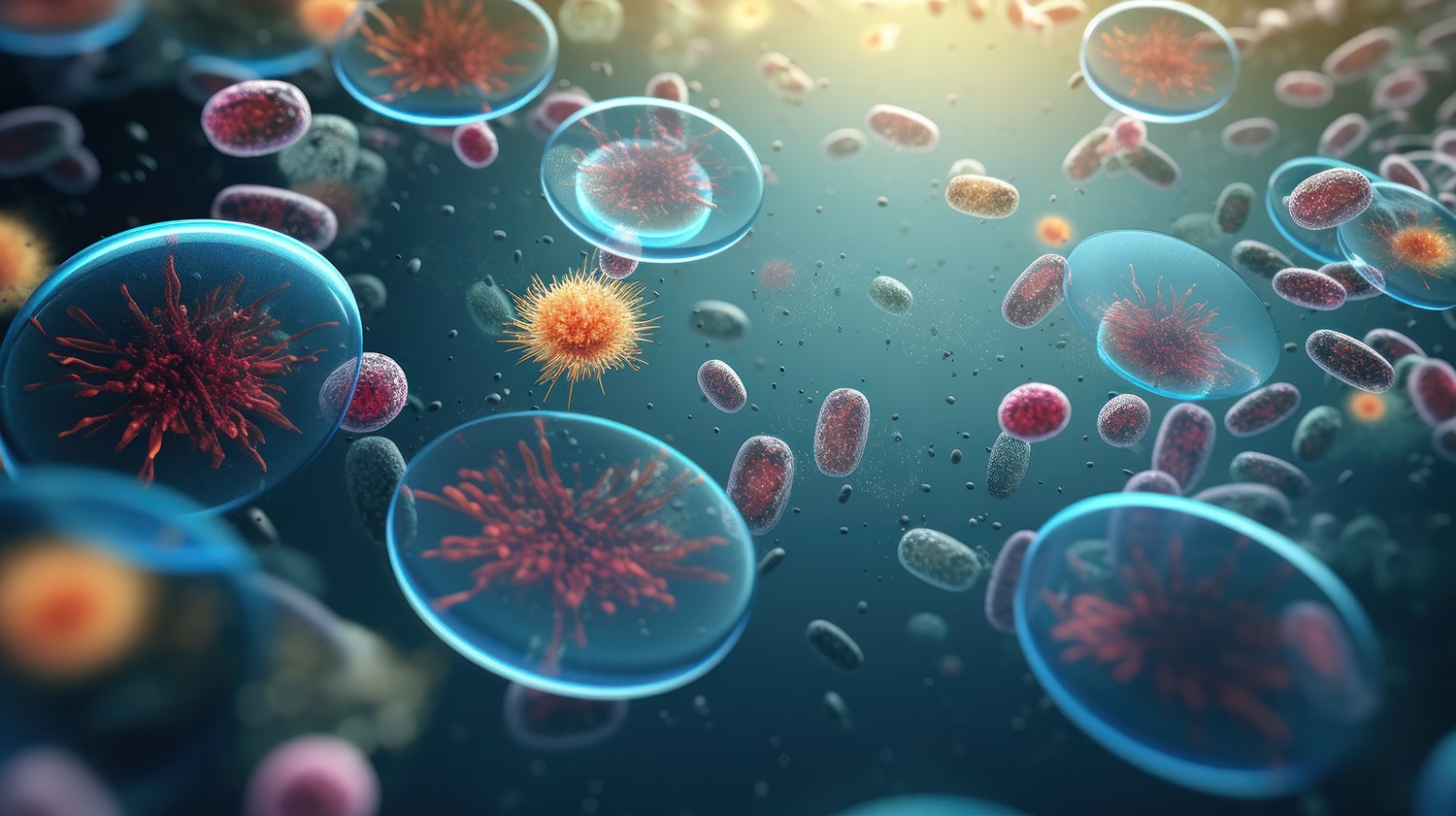
“I just wanted to know why boulardii wouldn’t colonize,” Crook says. “The idea that I had for this project was that if we could get this yeast to eat the sugars other bacteria eat in your gut, then it could live there longer.”
Five major sugars are present in the human gut, and they’re not the kind you’ve likely heard of before, either.
“Not glucose or sucrose,” Crook says.
Out of the five sugars they’re looking to target, Crook says he and his research team have already discovered how to make S. boulardii consume one of them — galactose — and they have promising leads on two others.
“There’s a single-point mutation we can make in boulardii to make it consume galactose. And once we did that, we actually saw a little bit of increase to colonization,” Crook says. “Right now, we’ve got a pathway for N-acetyl glucosamine, and we’re collaborating with somebody who knows how to get this yeast to consume fucose.”
High-Risk, High-Reward Human Health Research
Last fall, Crook started working on a separate but related research project, funded by an NIH Director’s New Innovator Award — which is part of the National Institutes of Health’s High-Risk, High-Reward Research program. This NIH research project also focuses on S. boulardii and its potential benefits — in addition to how researchers might be able to leverage a more commonly known yeast strain.
The Crook Lab has a hunch that Saccharomyces cerevisiae — long used in brewing and baking and therefore commonly called Baker’s yeast — could serve as a substitute for human cells in the preliminary stages of drug discovery.
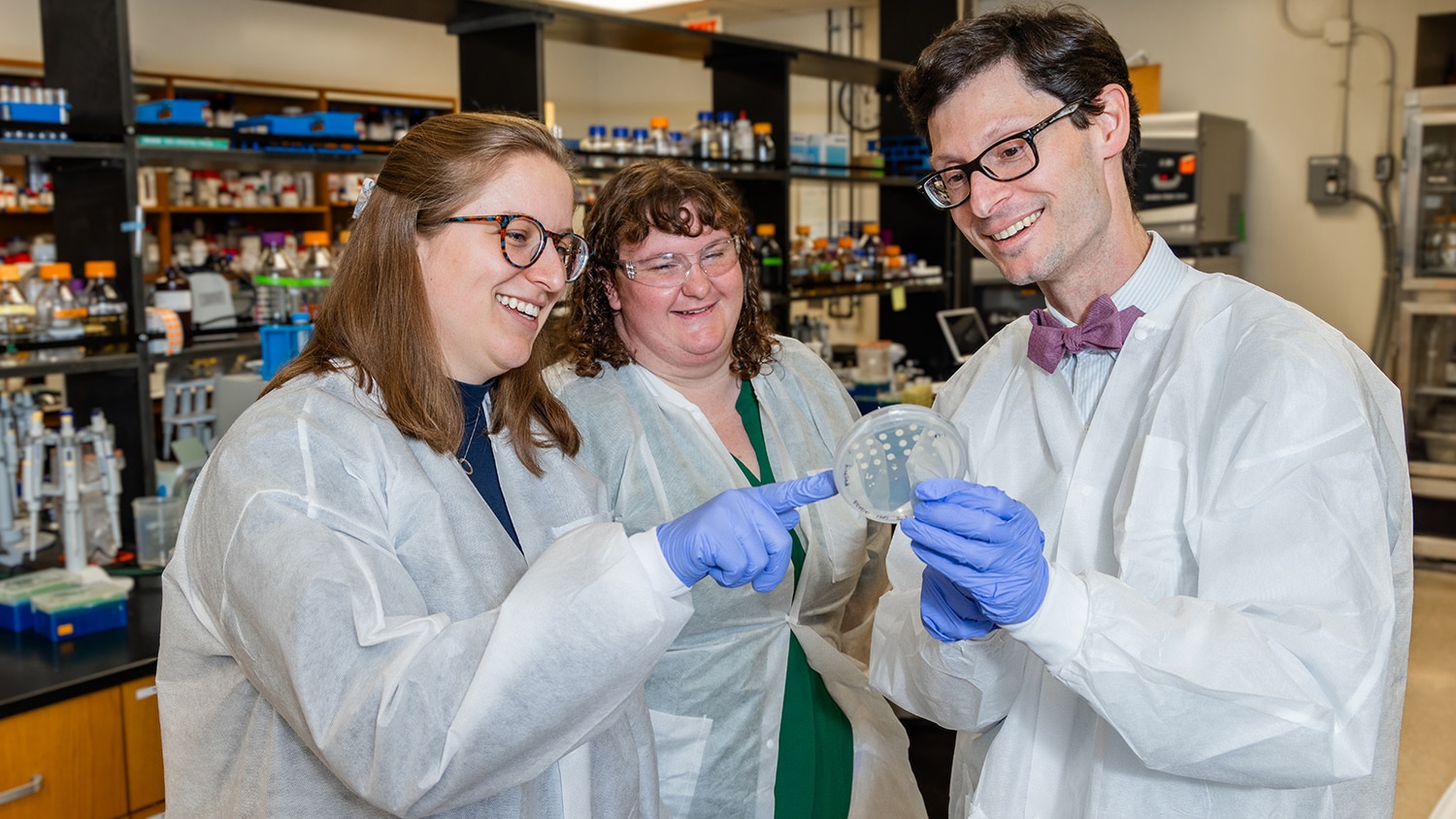
“It’s weird to think of fungi and humans as similar in any way,” Crook says. “But they actually have a very similar set of core proteins.”
In fact, Crook says, humans share more in common with fungi than plants.
Thanks to these similarities, Crook says that after introducing bacterial toxins to yeast cells, you can then create control and treatment groups to quickly test the efficacy of chemical compounds that appear capable of combatting the “toxic proteins” bacteria secrete.
“By putting these toxins on yeast, we were able to kill the yeast — and that sounds like a bad thing, but for us, it was actually a good thing. Because we can grow yeast in large numbers in our lab,” Crook says.
Part of the reason drug discovery takes so long is that it’s painstaking and time-intensive to culture human cells “or even a tissue-like system.”
“You can only do a couple of those at a time. But with yeast, you can grow millions of them at once,” Crook says.
Crook says it “took several years of work by multiple labs” to find the mere few compounds that research has shown might be potential candidates for a more effective C. diff treatment, so they wanted to know if there was a faster way to identify promising candidates.
He credits a current graduate student and a former postdoc with the “brain flash” to try using yeast.
While chatting with a now-former fellow Crook lab colleague, Carly Catella wondered whether yeast might be susceptible to C. diff’s toxins since yeasts share the same proteins as humans.
“I bet we could try that,” Catella said to her labmate in that lightbulb moment.
“And so we sat down, wrote it all on some paper, and Nathan said go for it,” says Catella, who’ll complete her Ph.D. in chemical and biomolecular engineering this year.
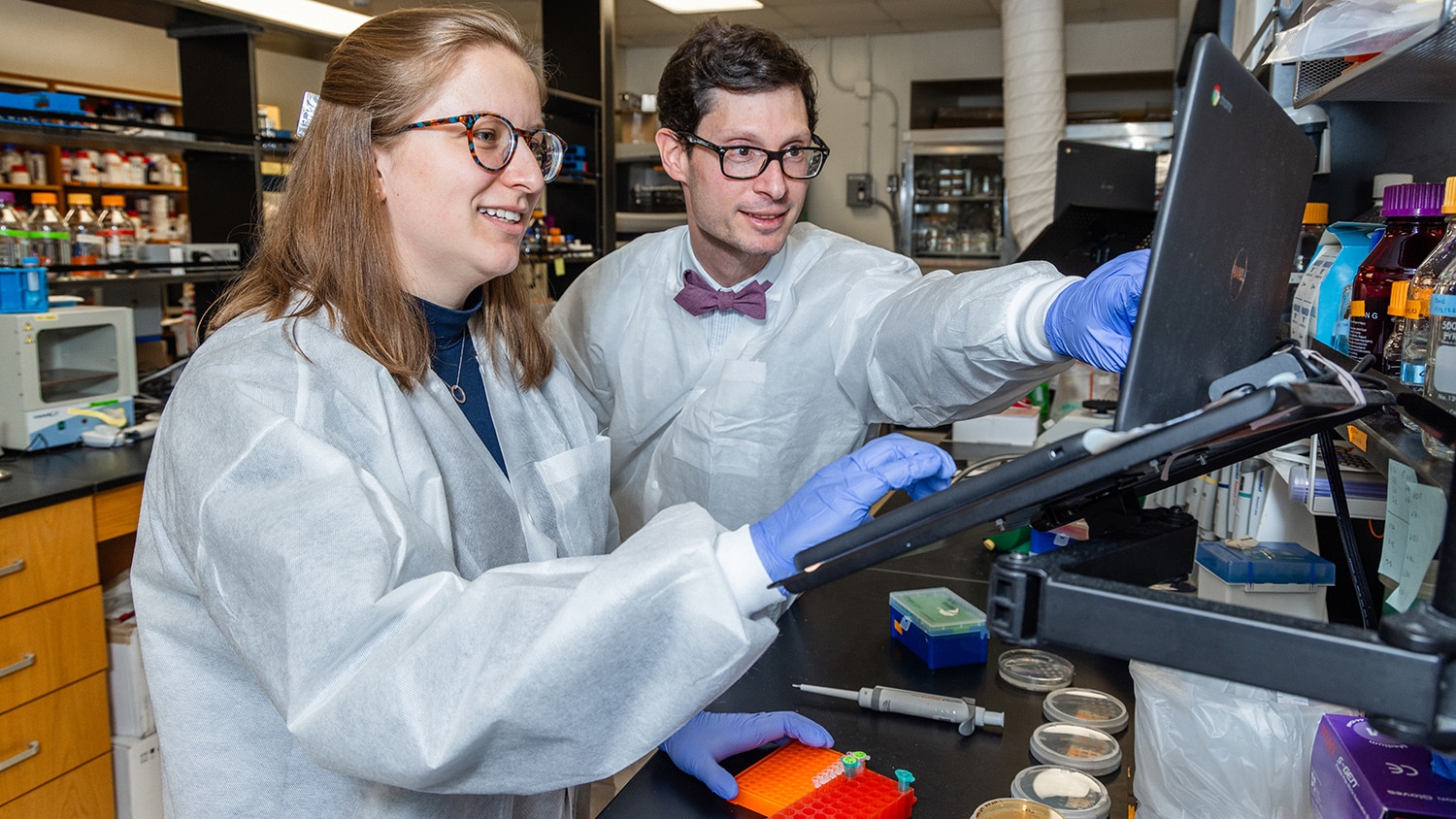
If Catella and Crook’s hypothesis turns out correct, and yeast can someday supplant engineered human tissue cells in the early stages of drug discovery, it should make it much faster to find treatments for C. diff and several other types of antibiotic-resistant infections.
And Crook says if any promising candidates that Baker’s yeast happens to help discover one day turn into approved treatments, S. boulardii could be the way to deliver them.
Bright Ideas for Cleaner Air and Water
It was also a Crook Lab postdoc and former student of his who thought to try using S. boulardii as a means to add methane-preventing enzymes into cattle feed.
Scott Collins had Crook as a co-advisor while completing his Ph.D. in chemical and biomolecular engineering at NC State, then went on to work as a postdoc in his lab.
“Scott was really clever and realized that boulardii is also used in agriculture and animal agriculture, as a general-purpose growth promoter,” Crook says.
In spring 2023, Collins founded the startup company Hoofprint Biome to develop probiotics and natural enzymes that improve cattle health and digestive efficiency while eliminating methane.
Methane from cattle accounts for 6% of global greenhouse gas emissions.
As Collins and his co-founder Kathryn Polkoff — a fellow NC State alum — use Crook’s patented techniques to deliver its methane-preventing enzymes, ultimately in hopes of cooling the climate, Crook remains working on earlier-stage research of his own that looks to leverage the unique capabilities of two different bacterial microbes to help rid the ocean of microplastics — and further cut down on carbon.
“Plastics are a source of carbon, just like any other type of polymer you’ll find in nature,” Crook says.
So why doesn’t plastic naturally degrade the way that other polymers do?
For one, Crook says, life hasn’t had time to evolve what we might call “solutions.” Put another way, those solutions haven’t evolved to the point where they can “eat” plastic yet — at least not once it reaches the ocean.
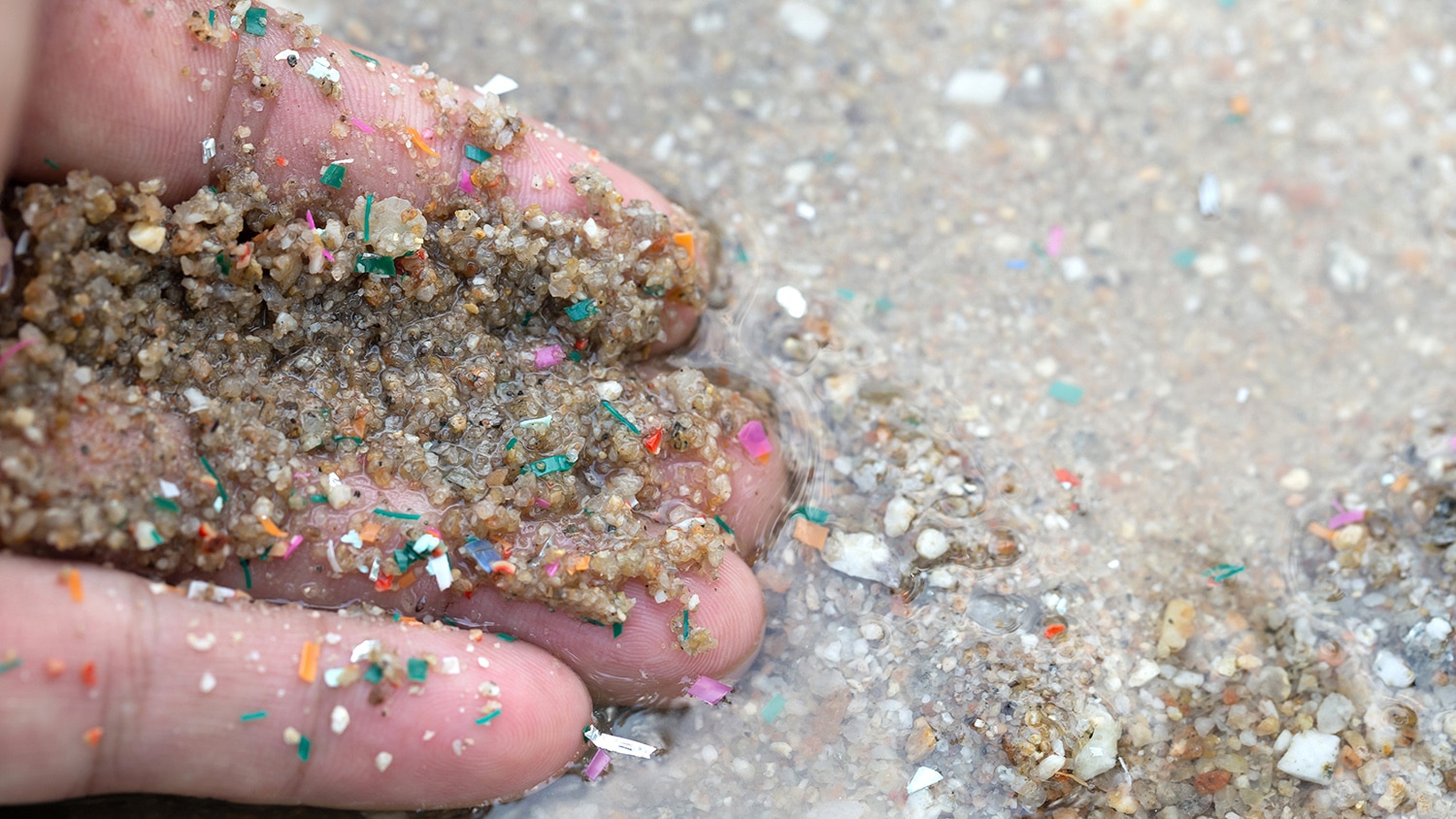
Salt tends to inhibit most microbes, Crook says, and salt water is not a good growth environment for many strains of bacteria, including Ideonella sakaiensis. Ideonella sakaiensis — first found in a Japanese plastic and chemical landfill — looks like it may be nature’s solution to breaking down certain plastics.
“No one had ever genetically modified that organism before, but it seems to grow on plastic as a sole carbon source.”
With this in mind, Crook says the research team set out to engineer a solution.
Working together with Stefano Menegatti, an associate professor of chemical and biomolecular engineering at NC State, Crook co-authored a paper — “Breakdown of PET microplastics under saltwater conditions using engineered Vibrio natriegens” — which was published in the AIChE Journal.
The work they published was about an engineered strain of bacteria that “displays plastic-degrading enzymes on its surface,” Crook says.
“When you think of a fast-growing microbe, you normally think of E coli, which doubles every 20 minutes,” Crook says.
A microbe known as Vibrio natriegens not only doubles twice as fast as that, but more importantly, it thrives in saltwater. By combining a couple of enzymes from Vibrio natriegens with Ideonella sakaiensis, the researchers hope to eventually create a “high throughput solution to this microplastics problem.”
“When we expressed both of those in Vibrio natriegens, it also was able to break down plastic. It wasn’t able to eat it yet, but it was able to break it down.”
Since publishing the paper this past September, Crook says that they’ve been working on getting it to actually eat plastic.
It’s estimated that more than 30 billion pounds of plastic waste washes into the ocean each year — much of which might be getting ingested by marine life. So if salt-tolerant, plastic-eating microorganisms ever become a reality, let’s just hope the little life forms have a big appetite.
This post was originally published in NC State News.
- Categories: